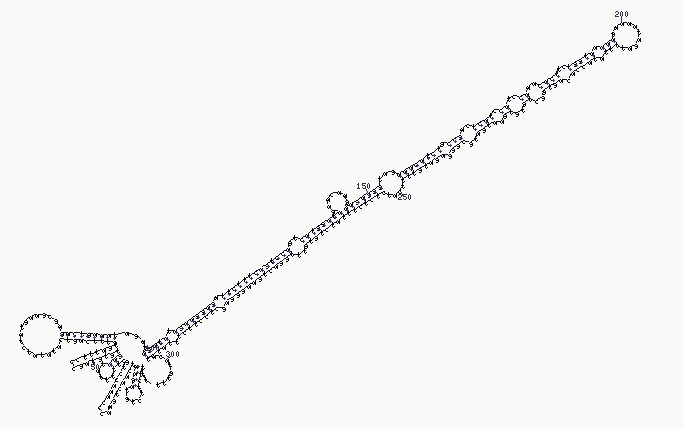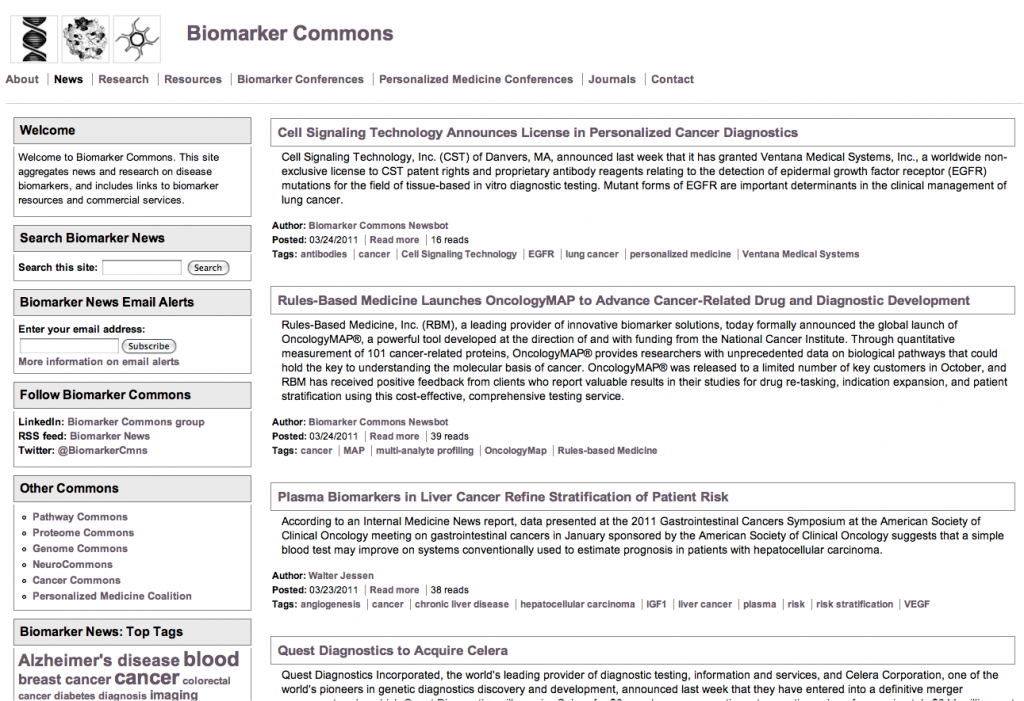AACR 2013 – some initial thoughts on the emerging trends
This year’s American Association for Cancer Research (AACR) annual meeting grew by 8% to approximately 18,000 attendees with 25% from 75 foreign countries, it is truly becoming a more global event for cancer researchers.
Over the next few days I plan to cover some of my highlights (basic, translational and clinical) in depth here on the blog and also with additional notes for email subscribers. If you haven’t signed up for the PSB email alerts, there’s still time before the AACR notes go out.
 With around 6,000 posters and many oral presentations from leading researchers, there is usually some interesting early data coming out from AACR. This year was no exception. My pile of poster handouts is over 6” thick with more already coming in my email! My fervent wish for next year is that more scientists take to the QR code method of sharing their posters – aside from being green and saving trees, it’s also considerably easier on the back! Another welcome development would be putting the posters online for later download as many of the European meetings already do.
With around 6,000 posters and many oral presentations from leading researchers, there is usually some interesting early data coming out from AACR. This year was no exception. My pile of poster handouts is over 6” thick with more already coming in my email! My fervent wish for next year is that more scientists take to the QR code method of sharing their posters – aside from being green and saving trees, it’s also considerably easier on the back! Another welcome development would be putting the posters online for later download as many of the European meetings already do.
I’m a little tired today as the event only just finished yesterday with a very good plenary session involving Jeff Engelman (MGH), Neal Rosen (MSKCC), Todd Golub (Broad Institute) and René Bernards (Netherlands Cancer Institute). More on this later, but what a way to end the meeting with a fairly packed hall despite it being the last day.
One of my favourite activities at AACR is talking with young researchers in the poster hall, and a few of these will be highlighted in separate posts. Many took the time to explain some complex biology and answer my many questions on a variety of topics. Some of this information was really helpful in improving my own understanding of why I don’t like some therapeutic approaches (e.g. targeting hypoxia) others reinforced my enthusiasm for some immunotherapies such as PD-1 and PD-L1 inhibition.
What about the emergent themes from this year’s AACR meeting?
Every year brings new developments in some shape or form, but here are some of the trends I observed based on the posters and oral sessions I attended:
- Identifying and developing strategies for overcoming resistance was MUCH more noticeable this year
- New combination strategies (including more novel-novel approaches) was also very much to the fore
- Increased pace of research into biomarker identification for clinical trial design
- Continuing rise of epigenetics as a viable approach for cancer therapeutics
- New targets emerging (more about these later)
- Second generation agents to CDK 4/6 and 7, chimeric antigen receptor technology (CART), Polo-like Kinase (PLK1) and many others.
Over the next few days I’ll be writing more about these topics after wading through my many pages of chicken scratch notes from the oral sessions (largely driven by ones I know likely won’t be on the webcast, which goes live for the majority of sessions on May 1st) and that huge poster pile – watch this space!


 This morning I was pondering a triangulation of several random thoughts that appeared in my Twitter stream, many from BIO, about various topics:
This morning I was pondering a triangulation of several random thoughts that appeared in my Twitter stream, many from BIO, about various topics:
